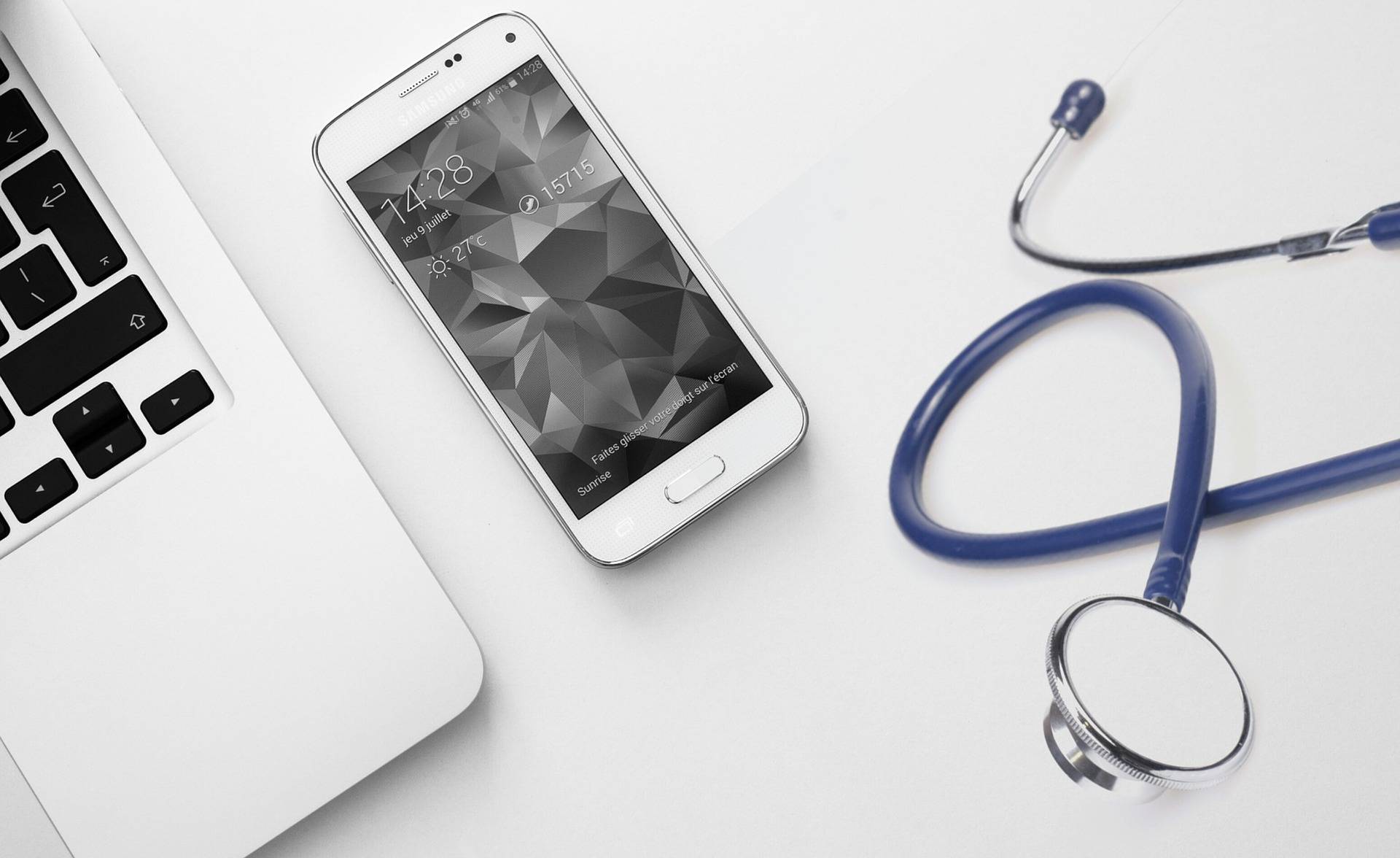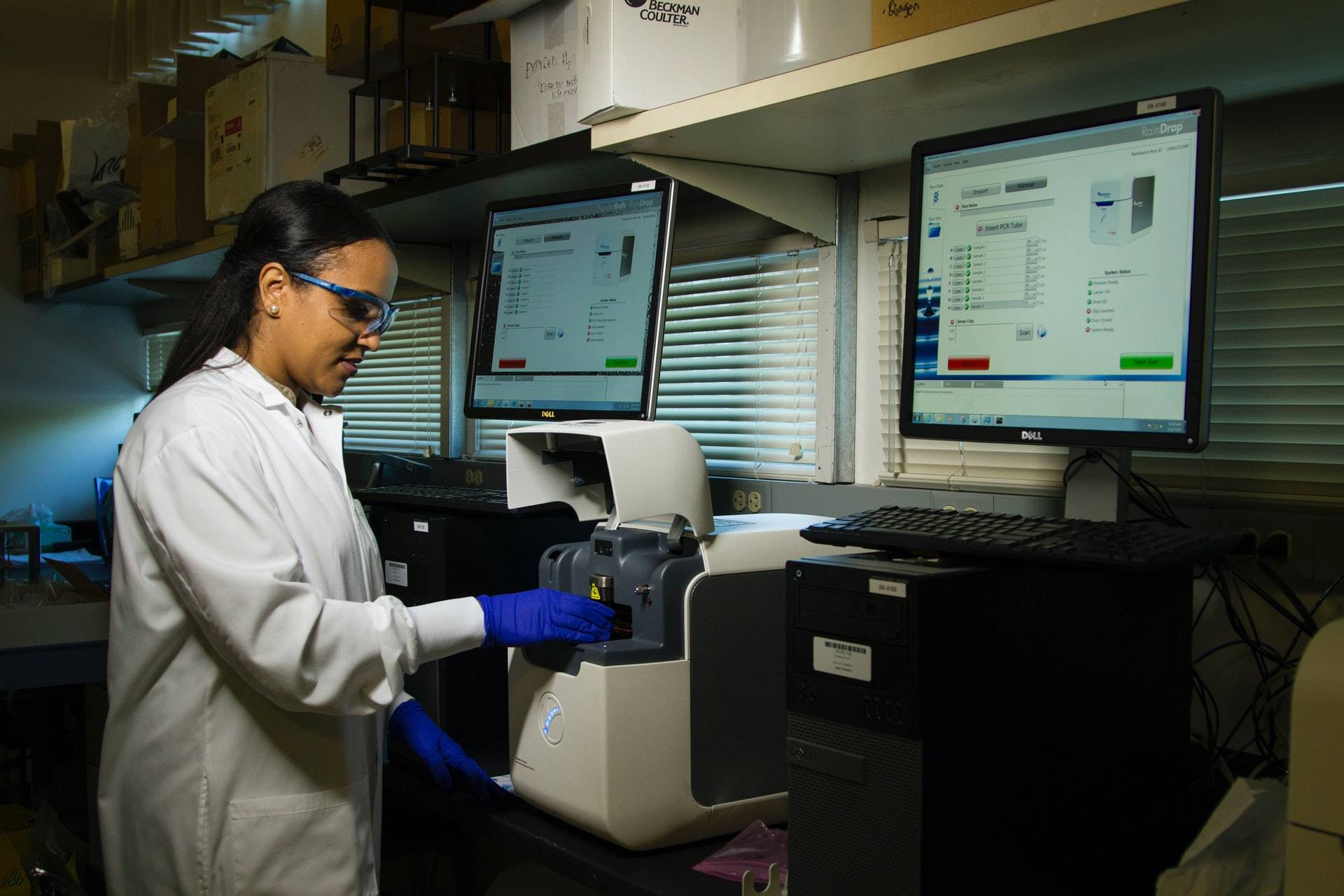Next Steps to Connect Your Medical Device | Galen Data
Medical device connectivity has many benefits. There is evidence to show that connected devices and quality data-management can lead to better patient outcomes, but there are other reasons too. For example, connectivity is increasingly an expectation of all end-users.
Most people are never much more than three feet away from their smartphones. The idea of connectivity and the more personal and timely services that can be provided through data collection has become ubiquitous.
If your company is looking to connect your medical device, there are a few steps you should look at next to ensure you end up with a great product:
Know your use case
What exactly is your use case, and how does that integrate with what the clinician or patient expects? This is important because if the device and the connectivity component don’t deliver an excellent experience in the eyes of the end-user, then the chances are your product won’t be successful.
Getting to the bottom of your use case is one of those things that sounds simple in theory, yet many medical device companies don’t do a great job of it. For example, sometimes they are modeling the use case off themselves, or off a very narrow subset of users who may not represent a sizeable customer base.
Understanding the use case is important, because it will determine how, when and what data you collect and how, when and what information you provide the end users. Know your use case and understand how it represents a viable market for your company.
Define the data you need (now and later)
Once you’ve figured out the use case, and how it fits the workflow, the next thing is to define what kind of data elements you need to capture. Be careful about establishing exactly what you need at a minimum. The more data you capture, the more risk you have in terms of security and privacy. Also, most people are not enthusiastic about the idea of handing over more data than is really necessary.
You need enough data that you can do a good job of providing the service and managing the product. It’s important to strike a balance when establishing what data you need to collect.
Another thing to consider is what you’re going to need as your business grows. Will you have changing needs, or expanding feature requirements? It might be that you need a very basic service now but will need much more complexity in the future. Again, you need to balance this with security needs.
Analyze your data risk
Any sort of data collection puts responsibilities on you in terms of protecting that data. You need to understand what the potential risks are.
It’s important to conduct a risk analysis and ask:
- What happens if the data is altered or modified?
- What happens if the data is deleted?
Would these occurrences pose any risk to the patient or end-user? From a business point of view, consider what the risks are if you were to get hacked. On the flip side, what are the risks if you don’t have connectivity available?
It might be that collecting data presents a significant risk, but not doing so creates a greater risk in that the purchasers of your product go to a connected competitor instead. Or, perhaps your device is one where a speedy collection of data leads to better outcomes for patients.
Understand the regulatory requirements
Figure out what kind of regulatory compliance you need. For example, if you’re a Class II medical device with connectivity and you’re only using data for historical purposes, with no medical decisions being made based on the data, then you may have less of regulatory compliance to worry about in terms of connectivity (your connectivity infrastructure may qualify for Medical Device Data System, or MDDS, categorization).
If you’re collecting raw data and using that to assist physicians with diagnosis, or they are using that data to make therapy decisions, then this meets the definition of a medical device under U.S. and European law. The requirements are more stringent in terms of how you go about data collection and the processes you need to have in place. Be familiar with what the requirements are in the markets you are entering.
Decide how you will connect your device
One of the most important decisions to make is how you’re going to go about connecting your device. There are two ways you can go about this. One is to “home build” the connectivity, where you either build in-house or hire a contractor to do it for you.
Home building involves managing the overall solution yourself. You need to keep up with updates and fixing any issues, as well as maintaining reliable connectivity. The major plus of doing it this way is that it’s a custom-fit to your needs. However, on the downside, it can be very costly and time-consuming to develop yourself.
The second way is to utilize a third-party platform that allows you to customize based on your needs. This is usually quicker to implement, allowing you to get to market faster. It’s also usually more cost-effective than building from scratch yourself. The downside is that you may have to compromise on features or capabilities that you might like.
How do you choose a third-party vendor? Check out our six questions you should ask first.
When you are deciding which way to go, you should also consider how security and privacy are managed. Will they be managed by you, or a third-party? It’s important to recognize that security isn’t a “one and done” process, it’s ongoing with a need for updates and monitoring.
You need to have controls in the product, in the operation of the product and inside your workforce. You constantly need to be protecting against inappropriate access or use of data and updating controls to reflect any changes in the landscape. Factors such as recovery and downtime need to be included in your processes. When you build a solution yourself, all of this is on you; however, when you use a third-party platform, security is part of their job.
Another consideration is how you will set up the operation. Will you use your own server farms? Public cloud infrastructure? A hybrid solution? Some of this will depend on how you’re deploying it. For example, a hospital versus general home use may create different requirements.
The network infrastructure you need is another factor. For example, whether your device supports WiFi/Cellular, or if you only have Bluetooth available, then your device needs to be able to “talk” to another device, such as a cell phone to extract the data.
Final thoughts
As a medical device, when you start product development you need to follow all industry and regulatory standard requirements. This includes thinking about how they’ll fit into your QMS and design control procedures. Also, how will your validation occur? With connectivity, you’re not just validating the use and efficacy of the product, but the security requirements as well.
It’s important to consider all of these things, and come up with a plan just as you would for any medical device development. Find the connectivity option that best checks all of the boxes for your needs.
Looking for a solid third-party connectivity platform? Contact Galen Data here today.








